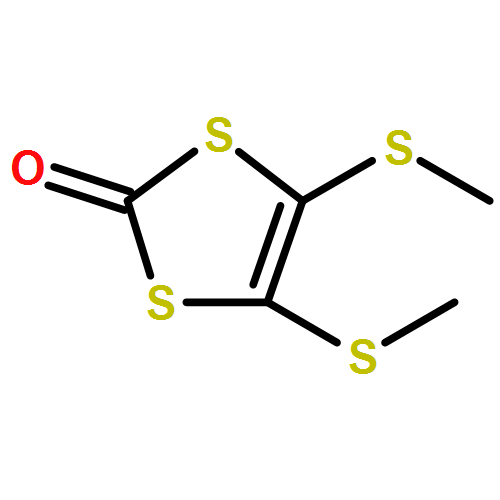Co-reporter: Kang-Da Zhang, Gui-Tao Wang, Xin Zhao, Xi-Kui Jiang and Zhan-Ting Li
pp: 6878-6882
Publication Date(Web):April 16, 2010
DOI: 10.1021/la100636j
This paper reports the self-assemblies of vesicles from two tetrathiafulvalene (TTF) derivatives (T1 and T2), that bear four or two amphiphilic side chains, in both polar and nonpolar solvents. The formation of vesicles is evidenced by scanning electron microscopy (SEM), atomic force microscopy (AFM), transmission electron microscopy (TEM), and dynamic light scattering (DLS) experiments, while the microstructural aspects of the vesicles are investigated by UV−vis, 1H NMR, and high resolution TEM, which support a monolayer model for the vesicles. It is revealed that the formation of vesicles is driven by the combination of multiple noncovalent interactions, including π−π stacking, hydrogen-bonding, van der Waals force, and S···S interactions. It is also found that, in the presence of electron-deficient cyclobis(paraquat-p-phenylene) tetracation cyclophane, vesicles of T2 can transform into microtubes as a result of the formation of the pseudo[2]rotaxane between the TTF unit of T2 and the cyclophane. This process can be reversed by introducing pristine TTF into the solution of microtubes, due to release of T2 from the pseudo[2]rotaxane through the formation of a more stable complex between pristine TTF and tetracation cyclophane.
